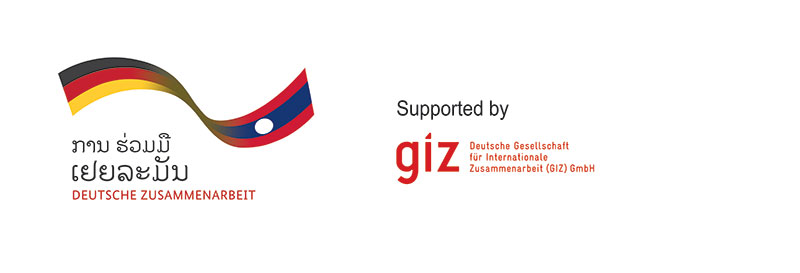DCT Glossary
Explanation of specific DCT terms
DCT contract
Once a trainee has been selected and accepted by a company, a training contract (“DCT Contract”) has to be signed by the company, the trainee and (as a witness) the respective TVET institution. The DCT Contract – which is similar to a regular working contract – regulates the duration of training, training location, duties of the company and the trainee, allowances and/or potential in-kind provisions, working hours and leave as well as the specific in-company training plan and the appropriate certification. The template for the DCT Contract can be found and downloaded here.
Final practical and oral exam
The final exam takes place at the end of the DCT program and determines whether a trainee is qualified to fulfil a job within the respective occupation that she/he was trained for. The exam will be conducted jointly by experienced examiners from both the TVET institution and the partner companies. Depending on the availability of suitable technical equipment, the final exam is organized either at the institution or, if possible, at the partner company(ies).
In-company training
DCT programs are implemented both in TVET institutions and partner companies. DCT learning in TVET institutions builds a sound skill foundation through work-related theory and fundamental practical training. Building on this competence, working in companies fosters the practical application and repetition of learning by integrating trainees into core work processes. The time that trainees spent working in the partner companies – around 50% of the overall DCT program – is called in-company training.
In-company training plan and rotation plan
In-company training has to be organized by partner companies in such a way that trainees are integrated into core work processes and, as a result of that, can achieve the learning outcomes as defined in the curriculum. In order to facilitate the integration of trainees into companies, an individual training plan and a rotation plan are required. While the individual training plan provides an overview of the learning outcomes which the trainee has to achieve within a given time, the rotation plan indicates at which time the trainee will be assigned to which workstation to gain the respective practical knowledge and skills. The in-company training plan is an integral element and condition of the DCT contract. Each company is free to determine the schedule and context of the respective in-company training and rotation plans. Examples for an individual in-company training and a rotation plan can be found and downloaded here.
MoU between TVET institution and company
In order to lay the foundation for a partnership between a TVET institution and a company, a “Memorandum of Understanding” (MoU) has to be signed by both parties. The MoU defines the objective of the partnership, namely the joint organization and implementation of DCT, as well as the main responsibilities and tasks of each side. The template for the MoU can be found and downloaded here.
Selection of students
At the moment, most of the DCT trainees enroll first in a TVET institutions due. After enrolment, the trainees decide at which partner company they would like to work based on their personal interests and professional orientation. To match the interest of students and requirements of partner companies, the TVET institutions organize and facilitate selection events. In interviews, the trainees present themselves to the respective partner companies who then select the most suitable candidates.


